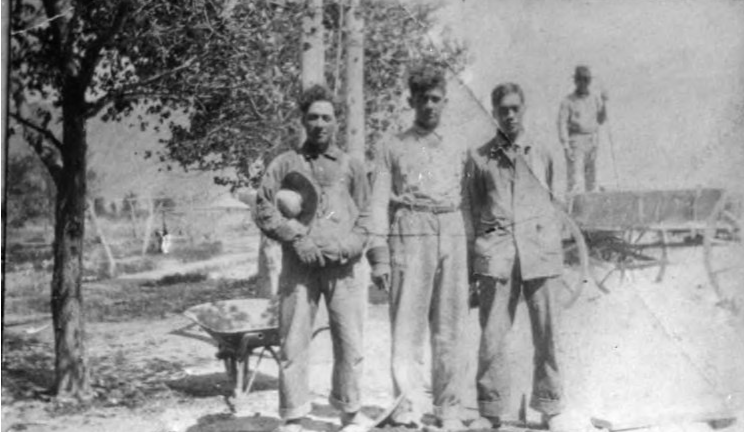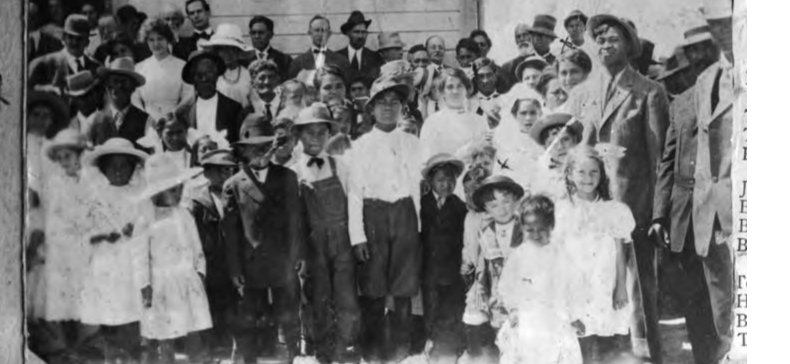Pacific Islanders from Hawaii, Samoa, Tonga, and Tahiti have made their homes in Utah since the late 1800s. There are many reasons why Pacific Islanders immigrated to Utah, and their experience and perspectives are an important piece of Utah’s past.
Push and Pull Factors
A combination of political unrest, disease, and changes in society and culture often pushed Pacific Islanders to other parts of the world, including Utah. Membership in the Church of Jesus Christ of Latter-day Saints pulled some Pacific Islanders to Utah. Education and economic opportunities also pulled many people from the Pacific Islands to Utah. Pacific Islanders cultural identity evolved once they arrived in Utah and brought their old traditions, religious observances, and holidays and blended them with new ones.
Settling

Hawaiians were some of the first immigrants from the Pacific Islands. For example, in 1876, six Hawaiians moved to Salt Lake City including a woman named Likibeka. Likibeka and her husband, John W. Kauleinamoku built a house in the Warm Springs District of North Salt Lake City. As the years passed, more Hawaiian immigrants arrived and lived in the same area of Salt Lake City. Later, people from the Pacific Islands moved to a settlement west of Salt Lake City and to different areas along the Wasatch front.
Building Community and Working
Living in Iosepa was a dramatic change for Native Hawaiians and the other people from the Pacific Islands who moved there. Iosepa was very different from the warm, wet, and green Pacific Islands. It was dusty, dry, and hot in the summer and cold in the winter. Pacific Islander immigrants built homes and community buildings, planted trees and crops, opened businesses, raised sheep and cows, became midwives or healers, and created an irrigation system. Residents went ice skating and sledding during the winter and many learned to square dance and play several instruments.
Fighting Discrimination

Hawaiians faced many challenges. Many of their non-Hawaiian neighbors judged them because of their race and cultural practices. The discrimination became such a concern that in 1889 the LDS Church created a settlement west of Salt Lake City for Pacific Islanders to live. Likibeka, Kauleinamoku, and a group of forty-five Hawaiians were the first to move to the designated settlement in Skull Valley. They named their new home Iosepa, which was Hawaiian for “Joseph,” after the Mormon apostle Joseph F. Smith. However, Iosepa did not last long. Eventually, the LDS Church encouraged Pacific Islanders to return to their homeland rather than to remain in Utah. Iosepa was abandoned by 1917. Many people moved back home, while others moved to other parts of Utah.
Today
Today, Hawaiians, Tongans, Samoans, Maoris, and Tahitians call Utah their home. They continue to primarily live in Utah’s urban areas and maintain thriving subcultures. They have adopted new customs, while they also share their dances, music, and food from their home countries with their neighbors and fellow Utahns.
Keep Exploring!
Return to the Communities page here.
Return to the I Love Utah History home page here.